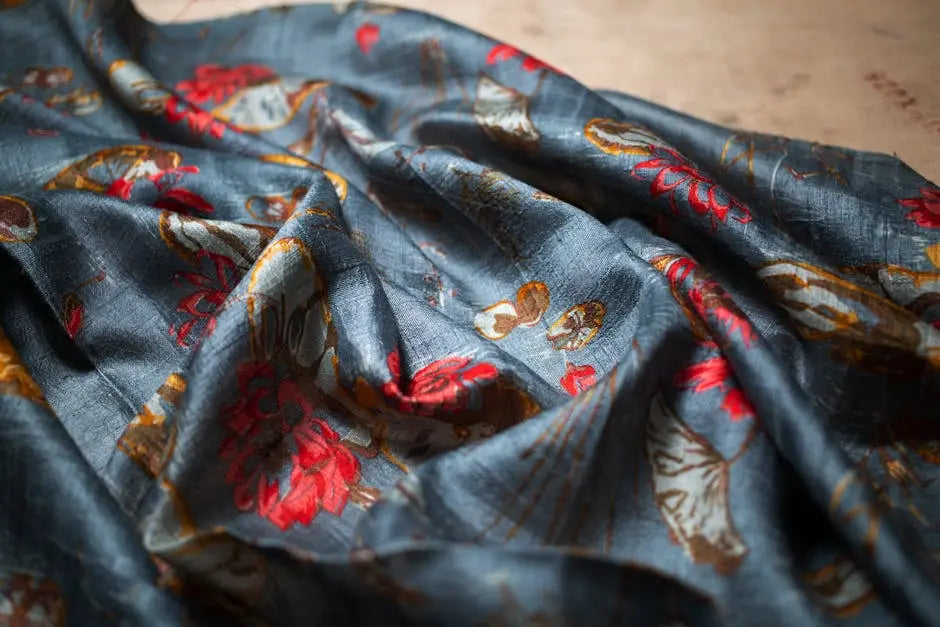
Are DTF Transfers Suitable for All Types of Fabrics?
Share
Direct to Film (DTF) transfers have gained popularity in the garment printing industry due to their versatility and quality. However, one common query among DIY enthusiasts and professional printers alike is whether these transfers are suitable for all types of fabrics. In this FAQ, we’ll delve into the compatibility of DTF transfers with various fabrics, helping you make informed decisions for your next project.
Understanding DTF Transfers
Direct to Film (DTF) transfers represent a significant advancement in fabric printing technology. They work by printing designs onto a special film, which is then transferred onto fabric using heat. What sets DTF transfers apart is their ability to produce vibrant colors and intricate details, making them a favorite among those who value quality.
One key aspect of DTF transfers is their flexibility. Unlike traditional printing methods, which may be limited to certain fabric types, DTF technology adapts well to a variety of materials. This adaptability has made it a go-to choice for businesses looking to expand their product offerings and for hobbyists eager to experiment with different fabrics.
Common Fabric Types Used with DTF Transfers
Cotton, polyester, and cotton-poly blends are among the most common fabrics used with DTF transfers. Cotton is particularly popular due to its breathability and soft finish, while polyester is favored for its durability and resistance to shrinking and wrinkles. Blending the two often yields the best results, providing both comfort and longevity.
Another fabric that pairs well with DTF transfers is rayon. This lightweight material has a beautiful drape and absorbs ink exceptionally well, resulting in vibrant designs. It’s essential to check the care instructions, though; rayon can be delicate and may require special handling during washing.
Moreover, some athletes and companies producing activewear have discovered the benefits of using DTF transfers on synthetic fabrics such as nylon and spandex. These materials can withstand the heat required for the transfer process, allowing for colorful customization that enhances the appeal of sports attire.
Fabrics That May Not Be Suitable for DTF Transfers
Not all fabrics are created equal when it comes to DTF transfers. For instance, fabrics like 100% silk may not hold up to the temperature and pressure applied during the heat transfer process. The delicate nature of silk can lead to damaging reactions, resulting in a less than desirable outcome.
Faux leather and suede are other materials that can pose challenges. These fabrics often require specific adhesives to bond properly with DTF transfers, so compatibility is critical to ensure lasting designs. Without proper preparation, users may find that the transfers peel or crack over time.
Additionally, fabrics with a heavy texture, such as heavy knits or fleece, may not yield the best results. The uneven surface can hinder adhesion and affect the overall appearance of the print. Experimentation and research are advised when working with these types of textiles.
Testing DTF Transfers on Different Fabrics
Before committing to a large project, testing your DTF transfers on fabric samples is highly recommended. This enables you to assess how well the design adheres and whether the colors pop as intended. Simply choose a few fabric types that resemble your project materials and apply the transfer under controlled conditions.
Keep an eye out for any signs of incompatibility, like peeling or fading on the test samples. You can also experiment with varying temperatures and pressing times. Each type of fabric may offer a unique response to DTF transfers, and your findings can help refine your approach.
Furthermore, documenting your testing process allows for better planning in future projects. By taking notes on which techniques work best with which fabrics, you’ll build a reliable resource for both personal and professional use. Remember, thorough testing today can save time and disappointment tomorrow.
Final Thoughts on DTF Transfers and Fabric Compatibility
In summary, while DTF transfers offer a wide range of compatibility with different fabrics, it’s essential to consider the specific characteristics of each material. Testing on samples and understanding the nuances of fabric blends can ensure successful results.

